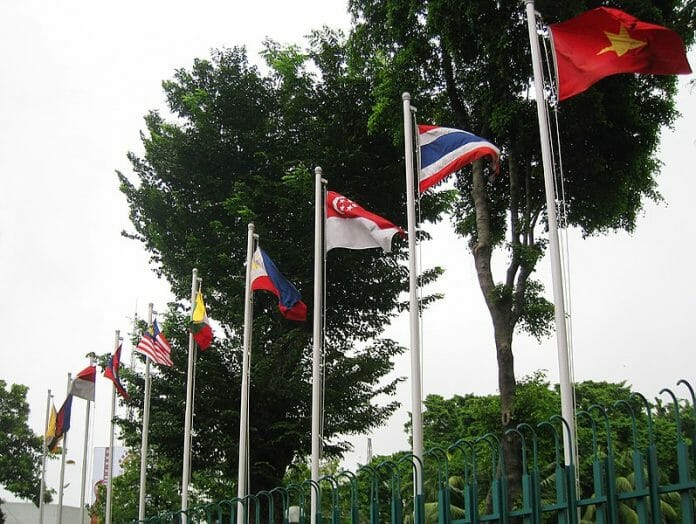Most ASEAN-5 countries (Indonesia, Malaysia, the Philippines, Thailand, and Vietnam) have not yet returned to pre-pandemic real GDP levels, and a slow recovery is expected for the rest of the year.
A strong increase in exports aided growth in the first quarter of 2021, but the spread of the Delta variant is already dampening business sentiment and consumer spending.
Furthermore, vaccination rates are low and lag far behind those of developed markets. Against this difficult backdrop, the ASEAN-5 central banks are expected to maintain accommodative monetary policy stances until 2022.
Authorities in ASEAN-5 countries have revised down official growth forecasts due to the rising number of COVID-19 infections, renewed pandemic containment measures, and the slow pace of vaccinations. In 2021Q3, all ASEAN-5 countries experienced significant Delta variant outbreaks. The rise was initially most pronounced in Indonesia, but new cases have now fallen below regional averages.
ASEAN-5 countries benefited greatly from the global demand recovery due to their economic structure, with exports increasing sharply in 2021H1, particularly in the areas of electronic appliances (Malaysia, the Philippines, and Thailand) and commodities (Indonesia and Vietnam).
However, renewed (partial) lockdowns in the face of significant Delta outbreaks will put a strain on production and could lead to further global supply chain disruptions, particularly in the electronics industry. Looking ahead, the next stage of the global recovery will most likely benefit services rather than goods, giving the ASEAN-5 economies less of a boost.
Furthermore, the recovery in tourism in the five countries has been slower than anticipated in the spring, with the Delta variant posing a new challenge to the industry.
Against this backdrop, ASEAN-5 central banks are expected to maintain their accommodative monetary policy stances through 2022. Except for the Philippines, most countries’ inflation rates remain within their respective target ranges.
The ASEAN-5’s overall balance of payments positions were bolstered by strong exports in the face of sluggish domestic demand. Furthermore, portfolio debt flows increased as countries capitalised on low interest rates and entered the international bond market (Indonesia, Malaysia, and Thailand).









